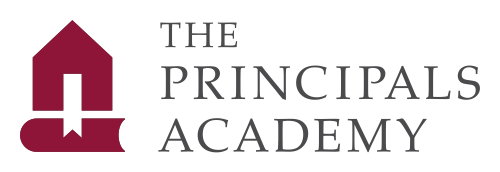My interest was sparked by a friend’s daughter, an industrial engineer, who works for one of the big four accounting firms. She accepted a transfer from Johannesburg to Dublin this January. What interested me was that she had been headhunted with the sole purpose of training corporate professionals to collaborate smarter, and, importantly, faster. That’s her job; teaching collaboration to highly trained, certified accountants.
Collaboration is a skill listed in nearly all advertisements, and, strangely, we all think it’s something we can do well. That’s, actually, quite far from the truth. As an example, carefully peruse this modern advertisement:
‘Project Manager: This role requires collaborating with cross-functional teams, stakeholders and clients to deliver projects on time, within budget, and to the required quality standards.’
Those three phrases – ‘on time’, ‘within budget’ and ’required quality standards’ are the real challenges which make the collaboration so vitally important. They ring true for school leaders, teachers and even Moms and Dads.
In a school sense, collaboration means working together with other teachers with a view to enhancing classroom practice. This means talking not only about what exactly will be done, but how something will be taught – ensuring total mastery of the content and the skills involved, sharing resources like flash cards, worksheets and online material.
In many schools, classrooms tend to be silos. Too many teachers walk into the classroom, shut the door and tend to their own learners irrespective of their own content proficiency and teaching prowess. I suggest you read the 2018 Needu Report, ‘Breaking the Walls of Classrooms through Teacher Collaboration : How do top-performing schools turn a teacher’s best practice into a school-wide best practice?’
When a novice teacher is hired in Grade 1, the most important challenge is learning to do the right thing – the best methodology for the context in question. That’s a huge ask which requires the total support and involvement (the collaboration) of the school’s collective foundation phase capital. It needs to be shared quickly, like daily, openly and very practically. It’s not just about what we are going to teach in Grade 1 next week, but how best we are going to teach it. That is collaboration and its often more useful than any professional development workshop, because it focuses on active teaching practice in the classroom at hand. Successful collaboration makes an instant impact. Teachers are better prepared, more confident and effective.
Teachers who are natural collaborators are gold. I love Shulman and Shulman’s definition of an accomplished teacher – one who is ready (possesses vision), willing (is motivated), able (knowing and able to do), reflective (learns from experience) and communal (part of a professional community). Do you have such priceless teachers? Encourage them to add value to your department as a whole.
In my experience, it takes one department and a switched-on portfolio head in the school to lead the way. Our best subject team was a group of experienced Grade 12 Mathematics teachers, who, having to teach five Gr 9 classes between them one year, got together for a weekly collaboration where they refreshed their knowledge of the next week’s work, did the teaching individually out loud, each did a few exercises and shared best practice. They walked out ready, willing, able and reflective and far better off because of their communal commitment. Their learners were the actual winners.
One of South Africa’s biggest education issues is the competence of its system – what percentage of Gr 6 or Gr 9 Mathematics teachers demonstrate – in a professional assessment – a fair ability to themselves master the concepts they are teaching? Even in Gr 6 it’s less than half and there are genuine historical explanations. Collaboration which focuses on how best to teach a concept is the most effective local option in pursuing quality teaching in any grade.
I serve two special schools: Molenbeek – in the grounds of Alexandra Hospital; and Mary Harding School in Athlone. They are experts in a beautifully different form of collaboration. Members of an inclusive learning community – class teacher, principal or representative, perhaps a family member as well as occupational-, speech- and physio- therapists combine their efforts to plan and implement strategies in the best interest of an individual child’s needs. Such collaboration may not only be life-changing; it builds trust, brings together different skills and experience, keeps everyone on the same page and boosts a child’s social and learning engagement.
You’re the principal. If you want to promote collaborative practice in your school, you have to lead by example. Celebrate the sort of collaboration you want by recognising and highlighting it when you see it in action. Openly champion a culture of mutual respect which puts workplace politics aside in the interests of better outcomes.
I became a better principal by collaborating with other schools and their principals. I was in another principal’s office a few times every month of my decades-long principalship. All good doctors, engineers or teachers know that no one person or organisation has all the answers.
Stronger together, as Rassie would say.
Paul
Coach/Mentor
The Principals Academy Trust
No: 02/25
31 January 2025
Video link: https://youtu.be/C3l-XqUC0Ik

